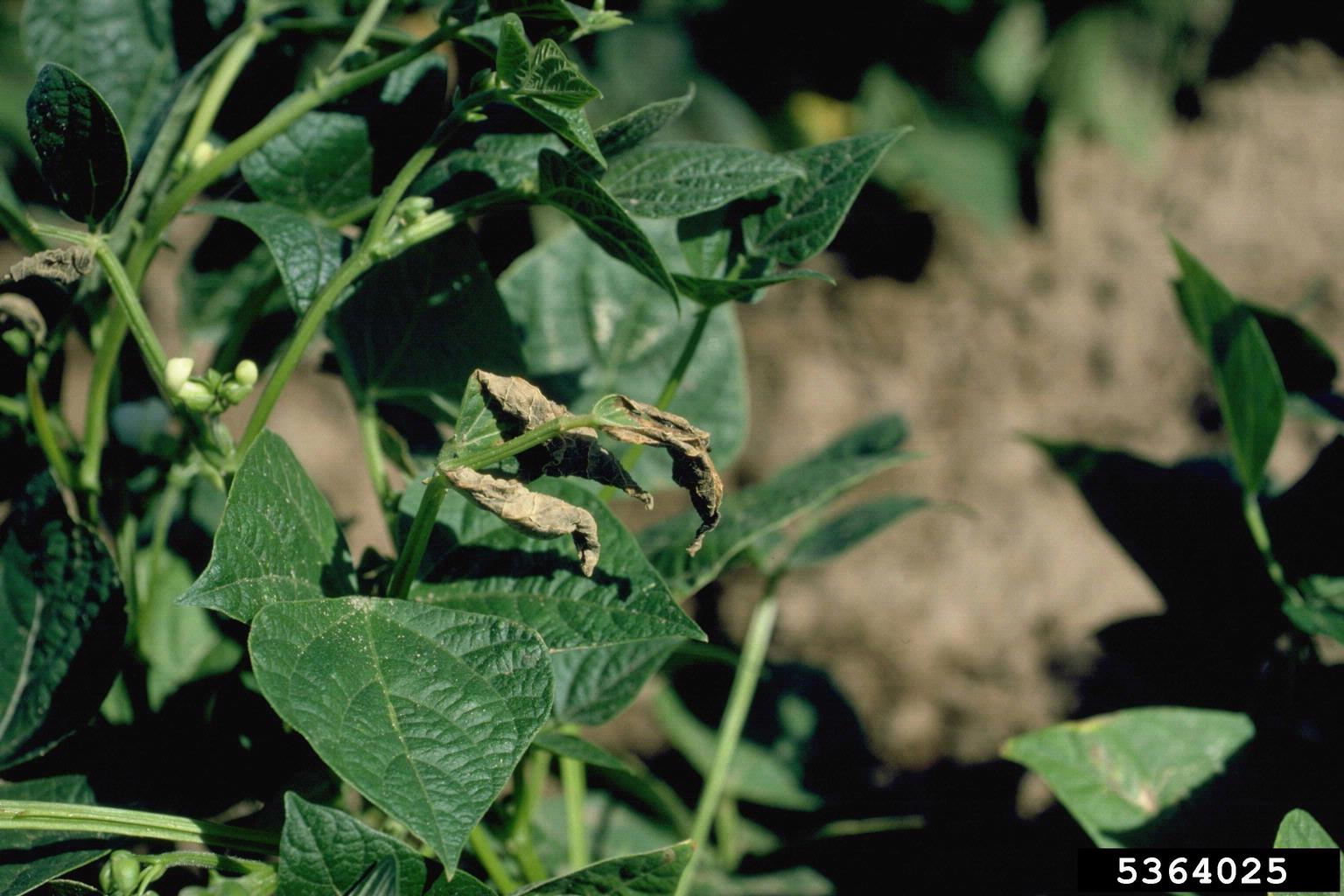What Is Bean Sunscald: Managing Symptoms Of Sunscald In Bean Plants


Bean plants are usually considered easy to grow and care for. However, like any plants, there are specific pests and diseases that can affect them. Spider mites and rust fungus are two common afflictions of beans. String, wax, kidney, green, and snap beans are also commonly affected by a disorder known as sunscald. Continue reading to learn more about sunscald in bean plants.
What is Bean Sunscald?
Bean sunscald is a common disorder that it basically just a sunburn. As people, when exposed to too long in intense UV rays, our skin burns. Though plants do not have skin like ours, they can also experience burning or scalding from intense UV rays. Bean plants seem especially susceptible to sunscald. It first shows up as a bronze or red-brown speckling of the upper leaves of bean plants. In time, these small spots can join together, causing whole leaves to brown. Sunscald can affect any part on the plant, but it is usually most prevalent where the plant receives the most sunlight, at its top. In extreme cases, leaves may drop or wither and crumble away. From a distance, infected bean plants can look like they have fungal rust, but up close they will not have the powdery brown spores that plants with fungal rust have.
Treating Sunscald on Beans
If a bean plant has sunscald, the sun may not be the only thing to blame. Sunscald in bean plants can be caused by several factors.
- Sometimes, it is simply a reaction to being sprayed with fungicide on hot, sunny days. Spraying of fungicide should always be done on cloudy days or during evening to prevent scorching.
- Bean plants that have been overfertilized with high nitrogen fertilizers are especially susceptible to sunscald. If your bean plant has sunscald, do not use any fertilizer on it. As a preventative measure, always fertilize bean plants with those that have low levels of nitrogen and be sure to follow directions on product labels.
- Sunscald can also be caused by soil that is too moist or drains poorly. When planting bean plants, make sure the site has well-draining soil.
Sunscald on bean plants is most common in spring, when many days of cool, cloudy weather are followed by hot and sunny days. There is no treatment for bean sunscald, but it is usually just a cosmetic problem that doesn't kill the plant. Providing dappled afternoon shade for bean plants to shelter them from the hot afternoon rays may help in warm climates. You can pick off badly scalded foliage to make it look better but usually the plant just needs time to adjust to the rising level of sunlight.
Gardening tips, videos, info and more delivered right to your inbox!
Sign up for the Gardening Know How newsletter today and receive a free copy of our e-book "How to Grow Delicious Tomatoes".
-
 My Homemade Orchid Fertilizer Always Brings More Blooms – Here's The Easy Recipe That Transforms Plants
My Homemade Orchid Fertilizer Always Brings More Blooms – Here's The Easy Recipe That Transforms PlantsScientist-turned-gardener Mary Ellen Ellis shares her tried-and-tested DIY orchid fertilizer recipe, plus more ingredients to try for healthy, happy plants.
By Mary Ellen Ellis
-
 Looking For Plants To Give You The Soft And Fuzzies? Try These 5 Fuzzy Leaf Plant Options
Looking For Plants To Give You The Soft And Fuzzies? Try These 5 Fuzzy Leaf Plant OptionsLovers of texture, drama, silver foliage and tactile plants will adore these special sensory garden additions. These fuzzy leaf plant options will leave you all aglow
By Susan Albert